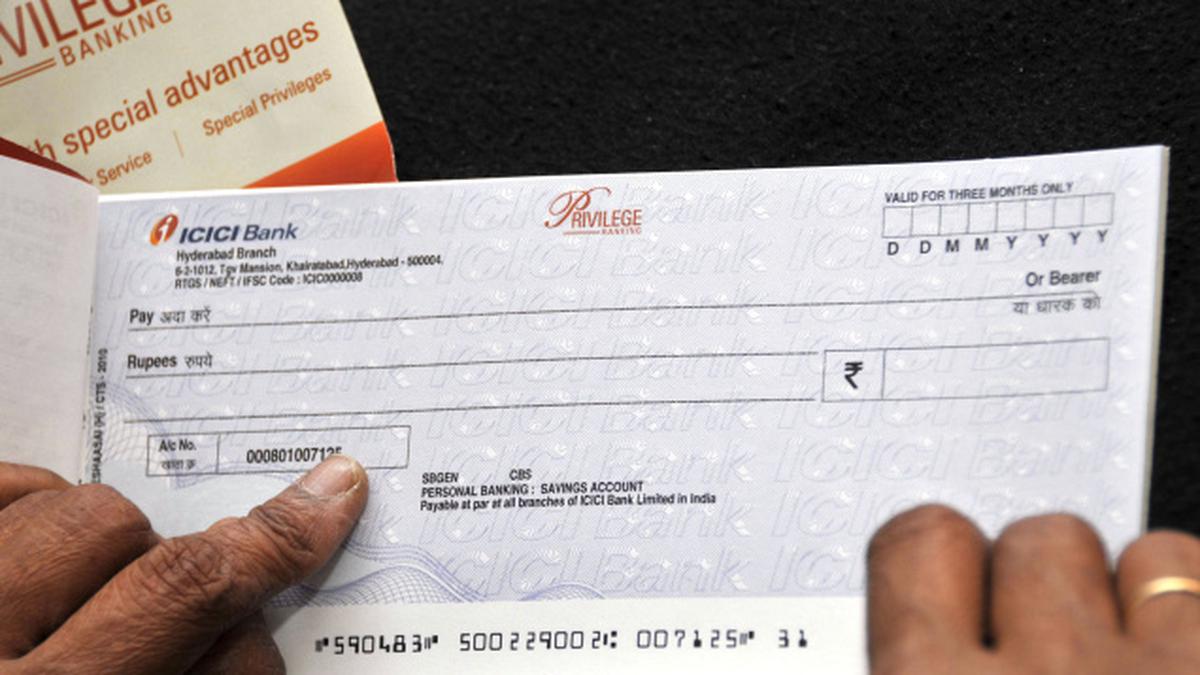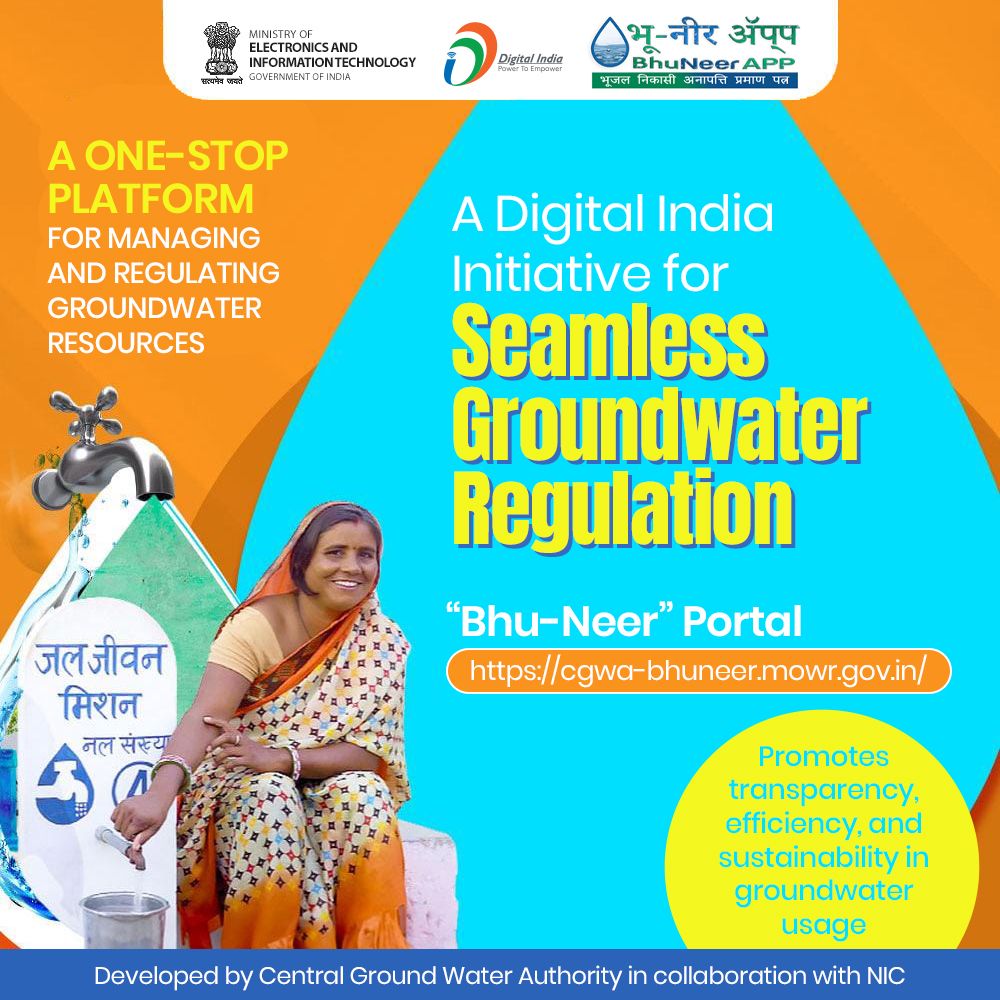SabhaSaar
- 19 Aug 2025
In News:
The Government of India is set to launch ‘SabhaSaar’, an Artificial Intelligence (AI)-based tool designed to automatically generate structured minutes of gram sabha meetings, thereby enhancing transparency, uniformity, and efficiency in local governance. The tool will be first rolled out in Tripura on Independence Day (August 15) and later extended to other states.
What is SabhaSaar?
- Gram Sabha: It is the primary body of the Panchayati Raj system, consisting of all registered voters of a gram panchayat. Gram sabhas are mandated to meet at least four times a year (January 26, May 1, August 15, and October 2).
- SabhaSaar: An AI tool that converts audio and video recordings of gram sabha meetings into structured minutes, ensuring uniformity across the country.
- Access: Panchayat officials can upload recordings using their e-GramSwaraj login credentials.
Key Features
- AI-driven transcription &summarisation: Generates transcripts, translates into the chosen language, and prepares concise summaries.
- Language inclusivity: Built on Bhashini, the government’s AI-powered language platform, it supports transcription in all major Indian languages (Hindi, Bengali, Tamil, Telugu, Marathi, Gujarati) and English.
- Standardisation: Ensures uniformity of gram sabha documentation nationwide.
- Ease of governance: Facilitates instant access to insights for panchayats, administrative bodies, and rural development projects.
Associated Reforms for Gram Sabhas
- Panchayat NIRNAY Portal: A real-time monitoring system for gram sabha meetings, enabling scheduling, agenda notification to citizens, decision tracking, and transparency in implementation.
- Recent progress: In 2024–25, more than 10,000 gramsabha meetings were held through the NIRNAY platform, with Punjab, Andhra Pradesh, Telangana, and Bihar leading in usage.
Significance
- Governance efficiency: Automates and digitises record-keeping, reducing errors and delays.
- Transparency & accountability: Ensures that decisions of gram sabhas are properly recorded and accessible.
- Public participation: Facilitates better citizen awareness and engagement in local governance.
- Bridging digital divide: Through Bhashini, makes governance accessible across linguistic barriers.
Cheque Truncation System (CTS)

- 19 Aug 2025
In News:
The Reserve Bank of India (RBI) has announced the transition of the Cheque Truncation System (CTS) from batch processing to a continuous clearing mechanism, with settlement on realisation, to be implemented in two phases. This reform aims to further enhance efficiency, reduce delays, and strengthen the digitalisation of cheque-based transactions.
About Cheque Truncation System (CTS)
- Introduced by RBI to speed up cheque clearance and minimise physical movement of instruments.
- Process: Physical cheques are truncated at the collecting bank; only cheque images and MICR data are transmitted electronically.
- Security: Protected by a PKI-based security architecture with dual access controls, user authentication, crypto box, and smart card interfaces.
- CTS-2010 Standards: Only compliant instruments are accepted, ensuring:
- Use of specified paper quality, watermark, and invisible-ink logos.
- Mandatory minimum-security features like void pantograph.
- Standardised cheque design for uniform image-based processing.
Current vs. New System
- Current CTS: Clearing cycle takes up to two working days.
- New System (Continuous Clearing):
- Cheques will be cleared within hours of submission.
- Settlement will occur on realisation basis rather than at fixed batch intervals.
Benefits
- Faster Settlement: Realisation of cheque proceeds on the same day.
- Efficiency Gains: Reduced bottlenecks and delays in processing.
- Cost Savings: Eliminates costs linked to physical cheque movement.
- Security & Reliability: Enhanced authentication safeguards against fraud.
- Better Data Management: Easy storage and retrieval of digital records via a centralised archival system.
- Customer Convenience: Shorter clearing cycles improve banking efficiency for individuals and businesses.
NashaMukt Bharat Abhiyaan (NMBA)

- 19 Aug 2025
In News:
India has intensified efforts to combat substance abuse through community engagement and national-level programmes. Recently, a “Drug-Free India” campaign was held in Mysuru, complementing the larger framework of the NashaMukt Bharat Abhiyaan (NMBA), which has completed five years since its launch in 2020.
About NashaMukt Bharat Abhiyaan (NMBA)
- Launched: 15 August 2020.
- Nodal Ministry: Ministry of Social Justice & Empowerment (MoSJE).
- Objective:
- Reduce drug demand through awareness, prevention, and education.
- Strengthen community response by mobilising youth, women, and local institutions.
- Provide rehabilitation and treatment support to victims of addiction.
Key Features
- Targeted Districts: Implemented in 272 high-risk districts identified through national surveys and Narcotics Control Bureau (NCB) data.
- Three-Pronged Strategy:
- Supply Reduction: Led by NCB.
- Demand Reduction: Community outreach under MoSJE.
- Treatment: Medical interventions coordinated by the Health Department.
- Community-Based Model: District and state committees headed by senior officials ensure localised implementation.
- Technology Integration: Dedicated NMBA app, website, and social media platforms for wider outreach.
- Mass Mobilisation: Partnerships with civil society organisations like Art of Living, Brahma Kumaris, and ISKCON for awareness drives.
Impact
- Public Health: Over 18 crore citizens sensitised, with a focus on youth and women.
- Capacity Building: More than 20,000 Master Volunteers trained nationwide.
- Social Stability: Contributed to reducing drug-related crime and strengthening the social fabric.
- Awareness Events: Local campaigns such as the Drug-Free India drive in Mysuru amplify the Abhiyaan’s outreach at the grassroots level.
Significance
- Strengthens India’s commitment to tackling the drug menace through prevention, rehabilitation, and community participation.
- Complements India’s obligations under international conventions on narcotic drug control.
- Directly contributes to SDG 3 (Good Health and Well-being) and SDG 16 (Peace, Justice, and Strong Institutions).
Human African Trypanosomiasis (HAT)
- 19 Aug 2025
In News:
The World Health Organization (WHO) has certified Kenya as free from human African trypanosomiasis (HAT), or sleeping sickness, marking it the 10th African nation to eliminate the disease as a public health problem (August 2025). This is Kenya’s second victory against a Neglected Tropical Disease (NTD) after eliminating guinea worm disease in 2018.
About Human African Trypanosomiasis (HAT)
- Cause: A vector-borne parasitic disease caused by the protozoa Trypanosoma brucei.
- Vector: Spread by the bite of infected tsetse flies (Glossina spp.).
- Types:
- T.b.gambiense (West & Central Africa): Chronic, slow-progressing form.
- T.b. rhodesiense (East & Southern Africa): Acute, fast-progressing form (present in Kenya).
- Symptoms:
- First stage: Fever, headache, joint pain, swollen lymph nodes.
- Second stage: Parasites invade the central nervous system → confusion, behavioural changes, loss of coordination, and disrupted sleep cycle.
- Fatal if untreated, though effective drugs exist (pentamidine, suramin, fexinidazole, nifurtimox–eflornithine, melarsoprol), supplied free by WHO.
Kenya’s Journey
- History: First detected in early 20th century; no indigenous cases since 2009. Last imported cases reported in 2012 (Masai Mara).
- Control measures:
- Strengthened disease surveillance in 12 facilities across 6 endemic counties (Busia, Siaya, Kisumu, Homa Bay, Migori, Kwale).
- Upgraded laboratories, diagnostic capacity, and trained personnel.
- Controlled tsetse flies and animal trypanosomiasis with veterinary support.
- Partnerships: WHO, Kenya’s Ministry of Health, FIND (Foundation for Innovative New Diagnostics), and community engagement played key roles.
Global Context
- WHO’s NTD Road Map 2021–2030: Target—100 countries to eliminate at least one NTD by 2030.
- So far, 57 countries (including Burundi, Senegal) have achieved elimination of at least one NTD.
- However, cuts in international funding threaten progress, risking resurgence in vulnerable areas.
- Success is critical for meeting SDG 3 (Good Health and Well-being), particularly the target of ending epidemics of NTDs by 2030.
Bhu-Neer Portal

- 19 Aug 2025
In News:
The Bhu-Neer Portal, launched in 2024 during the 8th India Water Week by the Ministry of Jal Shakti, is a digital initiative developed by the Central Ground Water Authority (CGWA) in collaboration with the National Informatics Centre (NIC). It represents a significant reform in the regulation and management of groundwater extraction in India.
Background:
- CGWA: Constituted under the Environment (Protection) Act, 1986, regulates and controls the development and management of groundwater resources in the country.
- NIC: Established in 1976, under MeitY, it supports e-Governance and digital platforms for sustainable development.
- The portal replaces the earlier NOCAP system, offering a more transparent, user-friendly, and efficient mechanism for granting No Objection Certificates (NOCs) for groundwater abstraction.
Objectives:
- To provide a centralised, transparent, and efficient platform for groundwater regulation.
- To ensure compliance with the Guidelines of September 24, 2020 on groundwater abstraction.
- To promote sustainability by integrating water conservation measures such as rooftop rainwater harvesting and sewage treatment plants.
Key Features:
- PAN-based Single ID System for ease of access and integration with payment gateways.
- QR code-enabled NOCs for secure and quick verification.
- Online charges calculator for transparency in fee structures.
- Eligibility checker before filing applications.
- Query module for real-time interaction with CGWA officials.
- SMS and email alerts to track application status.
- Centralised database for groundwater compliance, policies, and monitoring.
Scope:
- Applicable in 19 States/UTs where groundwater regulation is under CGWA’s jurisdiction.
- Covers industries, infrastructure, and mining projects seeking to abstract groundwater.
Significance:
- Strengthens enforcement of groundwater guidelines, curbing indiscriminate extraction.
- Enhances Ease of Doing Business by streamlining NOC procedures.
- Promotes water-use efficiency and sustainable management of depleting groundwater resources.
- Facilitates greater transparency and accountability in resource governance.
Awareness & Outreach:
- The Ministry has organized workshops with industry bodies and Public Interaction Programmes (PIPs) to promote adoption of the portal among stakeholders.
